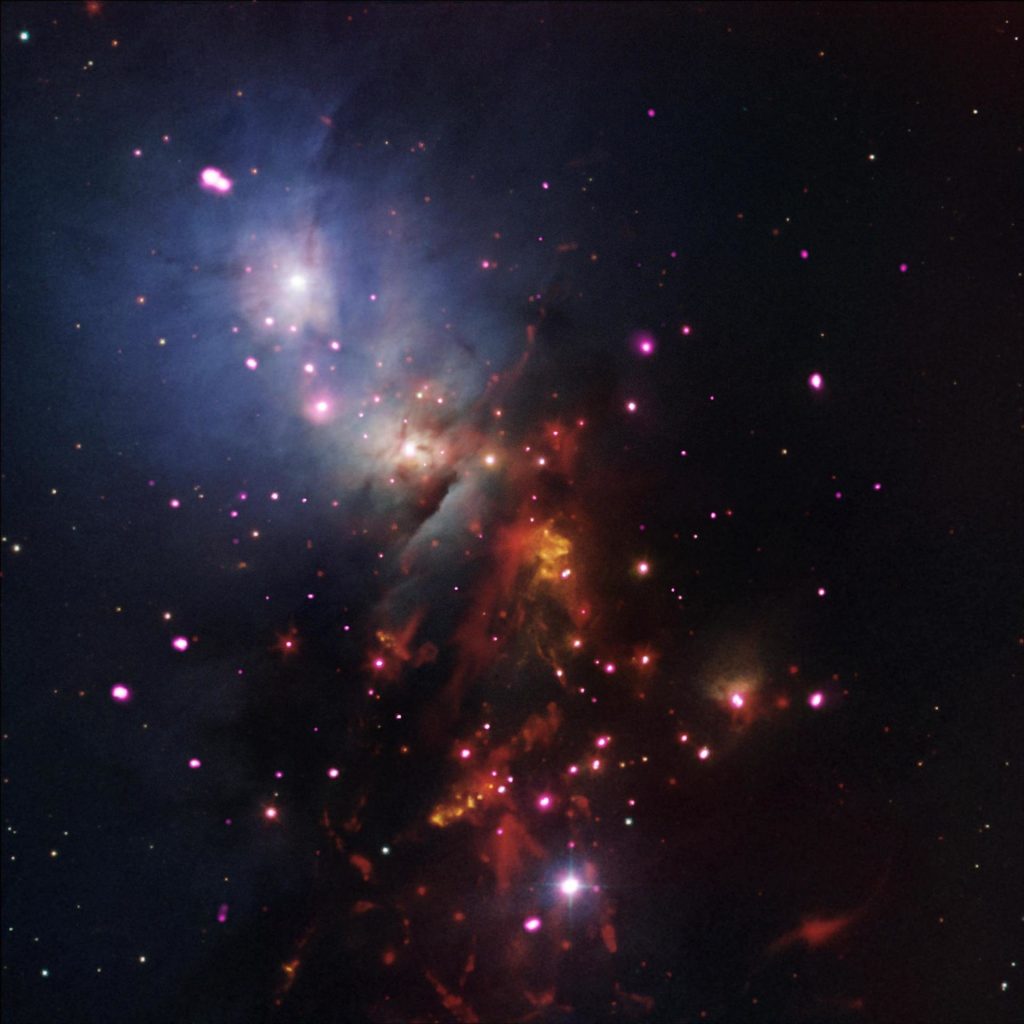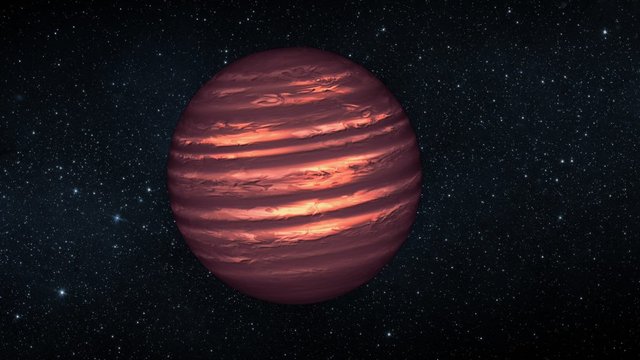JAMES WEBB TELESCOPE TO INVESTIGATE MYSTERIOUS BROWN DWARFS.
Cosmologists are cheerful that the intense infrared ability of NASA's James Webb Space Telescope will resolve a confuse as essential as stargazing itself—what IS that diminish light in the sky? Dark colored smaller people sloppy an unmistakable refinement amongst stars and planets, tossing set up comprehension of those bodies, and speculations of their arrangement, into question.
A few research groups will utilize Webb to investigate the strange idea of darker smaller people, searching for understanding into both star development and exoplanet environments, and the dim domain in the middle of where the darker midget itself exists. Past work with Hubble, Spitzer, and ALMA have demonstrated that darker diminutive people can be up to 70 times more gigantic than gas mammoths like Jupiter, yet they don't have enough mass for their centers to consume atomic fuel and emanate starlight. In spite of the fact that dark colored diminutive people were guessed in the 1960s and affirmed in 1995, there isn't an acknowledged clarification of how they frame: like a star, by the withdrawal of gas, or like a planet, by the gradual addition of material in a protoplanetary circle? Some have a friend association with a star, while others float alone in space.

At the Université de Montréal, Étienne Artigau drives a group that will utilize Webb to think about a particular dark colored diminutive person, named SIMP0136. It is a low-mass, youthful, disengaged dark colored diminutive person—one of the nearest to our Sun—all of which make it captivating for think about, as it has many highlights of a planet without being excessively near the blinding light of a star. SIMP0136 was the question of a past logical achievement by Artigau and his group, when they discovered proof proposing it has a shady air. He and his associates will utilize Webb's spectroscopic instruments to take in more about the substance components and mixes in those mists.
"Exceptionally precise spectroscopic estimations are trying to get starting from the earliest stage the infrared because of variable ingestion in our own particular climate, thus the requirement for space-based infrared perception. Likewise, Webb enables us to test highlights, for example, water retention, that are blocked off from the beginning this level of accuracy," Artigau clarifies.
These perceptions could lay preparation for future exoplanet investigation with Webb, including which universes could bolster life. Webb's infrared instruments will be fit for distinguishing the kinds of particles in the climates of exoplanets by observing which components are retaining light as the planet goes before its star, a logical procedure known as travel spectroscopy.

"The dark colored smaller person SIMP0136 has an indistinguishable temperature from different planets that will be seen in travel spectroscopy with Webb, and mists are known to influence this kind of estimation; our perceptions will enable us to better comprehend cloud decks in darker diminutive people and planet environments when all is said in done," Artigau says.
The look for low-mass, disengaged dark colored smaller people was one of the early science objectives set forward for the Webb telescope in the 1990s, says space expert Aleks Scholz of the University of St. Andrews. Darker smaller people have a lower mass than stars and don't "sparkle" yet only discharge the diminish glimmer of their introduction to the world, thus they are best found in infrared light, which is the reason Webb will be such a profitable instrument in this examination.
Scholz, who likewise drives the Substellar Objects in Nearby Young Clusters (SONYC) venture, will utilize Webb's Near-Infrared Imager and Slitless Spectrograph (NIRISS) to examine NGC 1333 in the heavenly body of Perseus. NGC 1333 is a stellar nursery that has additionally been found to harbor a surprisingly high number of dark colored smaller people, some of them at the low end of the mass range for such questions – as it were, very little heavier than Jupiter.
"In over a time of looking, our group has discovered it is extremely hard to find dark colored diminutive people that are under five Jupiter-masses – the mass where star and planet arrangement cover. That is an occupation for the Webb telescope," Scholz says. "It has been a long sit tight for Webb, yet we are extremely eager to get a chance to break new ground and possibly find a completely new sort of planets, unbound, wandering the Galaxy like stars."